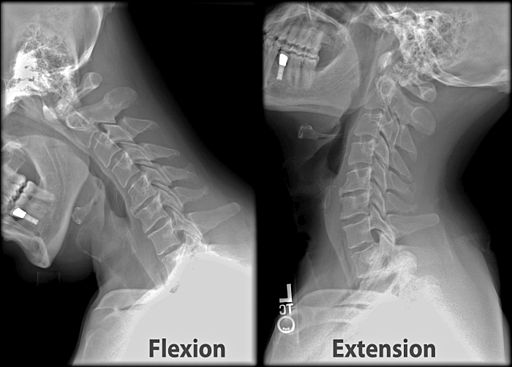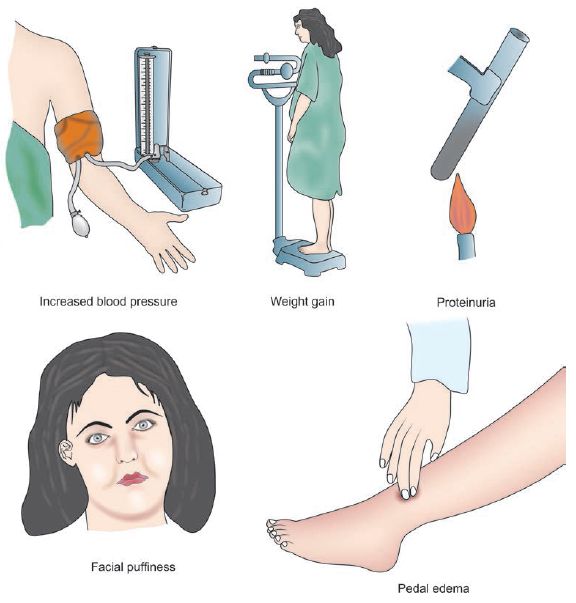The basic structure for communication skills remains the same. Recall the mnemonic P I CX3.
Following additional points must be considered during consultation:
1. Determine decision making capacity.
2. Determine if they genuinely want to leave AMA or if it entails for something else.
3. If patient is determined to leave, propose alternative discharges, even if they are suboptimal.
- Engage them in decision-making and provide an alternative discharge, while suboptimal, is not necessarily substandard which can be adapted to the patient’s situation.
4. If patient refuses all discharge alternatives, try to obtain an informed refusal and adopt a harm reduction approach.
- Explain the benefits of completing the treatment and also explain the risks associated with leaving (emphasize possible complications or worsening of the patient’s medical condition and name the risk for any permanent disability, as well as the risk of death, if applicable)
- All efforts should be geared toward organizing the safest discharge scenario and reducing harm. Provide instructions, prescriptions, follow-up and continuity of care when applicable. If required, assist the patient in leaving the hospital by arranging transportation for example.
5. Document all relevant information carefully:
- Capacity assessment
- Description of the interaction with patient
- Physician’s concerns
- Explications of risks and benefits
- Alternatives discussed
- Use of a language the patient understands
- Patient opportunity to ask questions
- Evidence the patient/family understands
- Notification to the senior if applicable
- Evidence of a harm reduction approach
Some Don’ts of DAMA:
1. Don’t ignore the patient who wants to leave AMA.
2. Don’t blame or berate the patient or anyone else for their desire to leave.
3. Don’t express your frustration and anger to the patient. Instead, earnestly convince them that your overriding interest is their well-being. Make sure they know that you are on their side against a potential threat to their health.
4. Don’t refuse to provide treatment; this could be considered abandoning the patient. Provide whatever treatment, prescriptions, follow-up appointments, and specific discharge instructions the patient will accept.
Examples of DAMA communication:
- DAMA Post mastectomy – Communication Skills · Medicoplasty OSCE (skool.com)
- Bazeed MRCS-Merged | PDF (scribd.com) – Pages 3 to 5
Reference:
Trépanier, G., Laguë, G. & Dorimain, M.V. A step-by-step approach to patients leaving against medical advice (AMA) in the emergency department. Can J Emerg Med 25, 31–42 (2023). https://doi.org/10.1007/s43678-022-00385-y
Do’s & Don’ts of AMA: Patients Who Leave Against Medical Advice (thesullivangroup.com)



